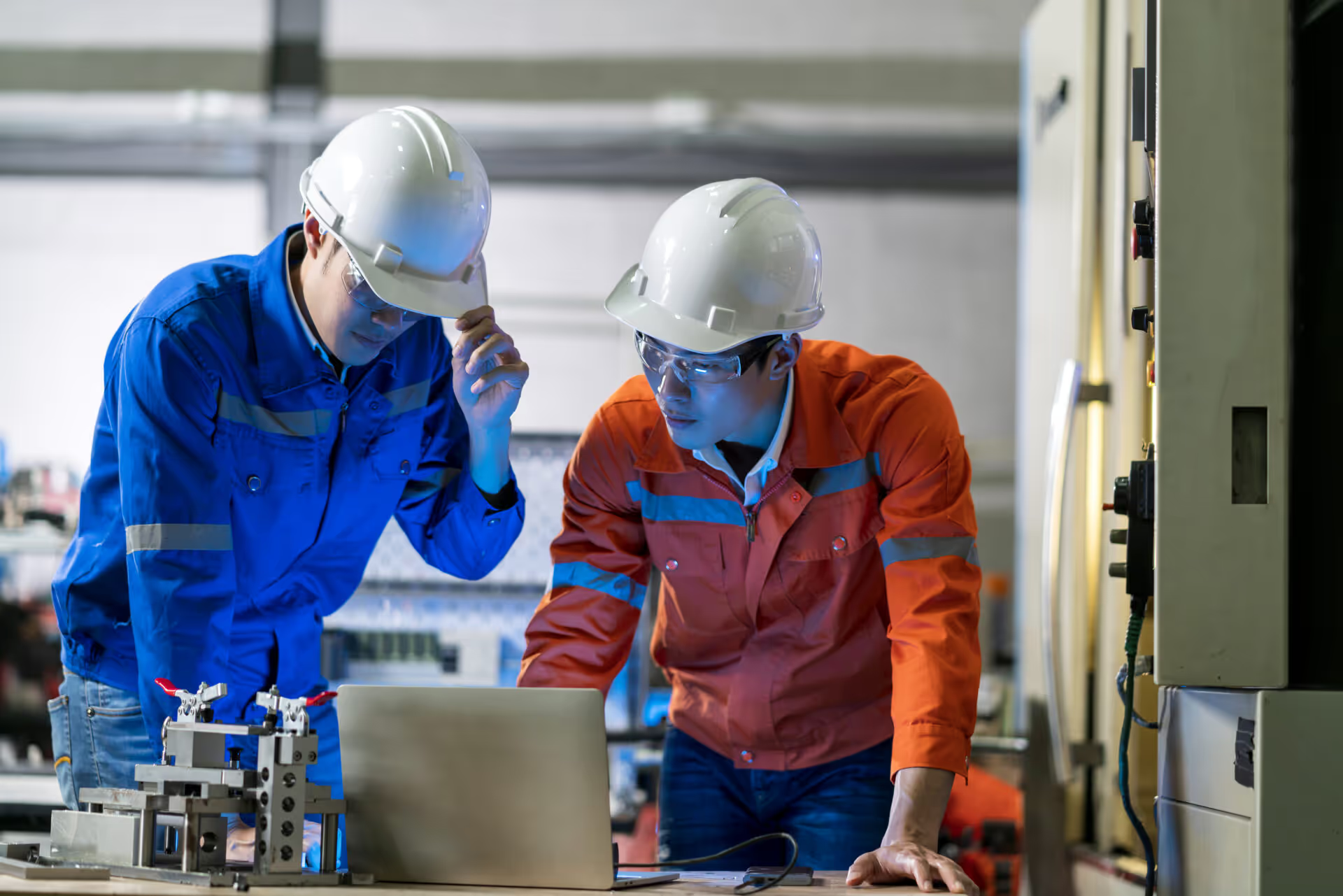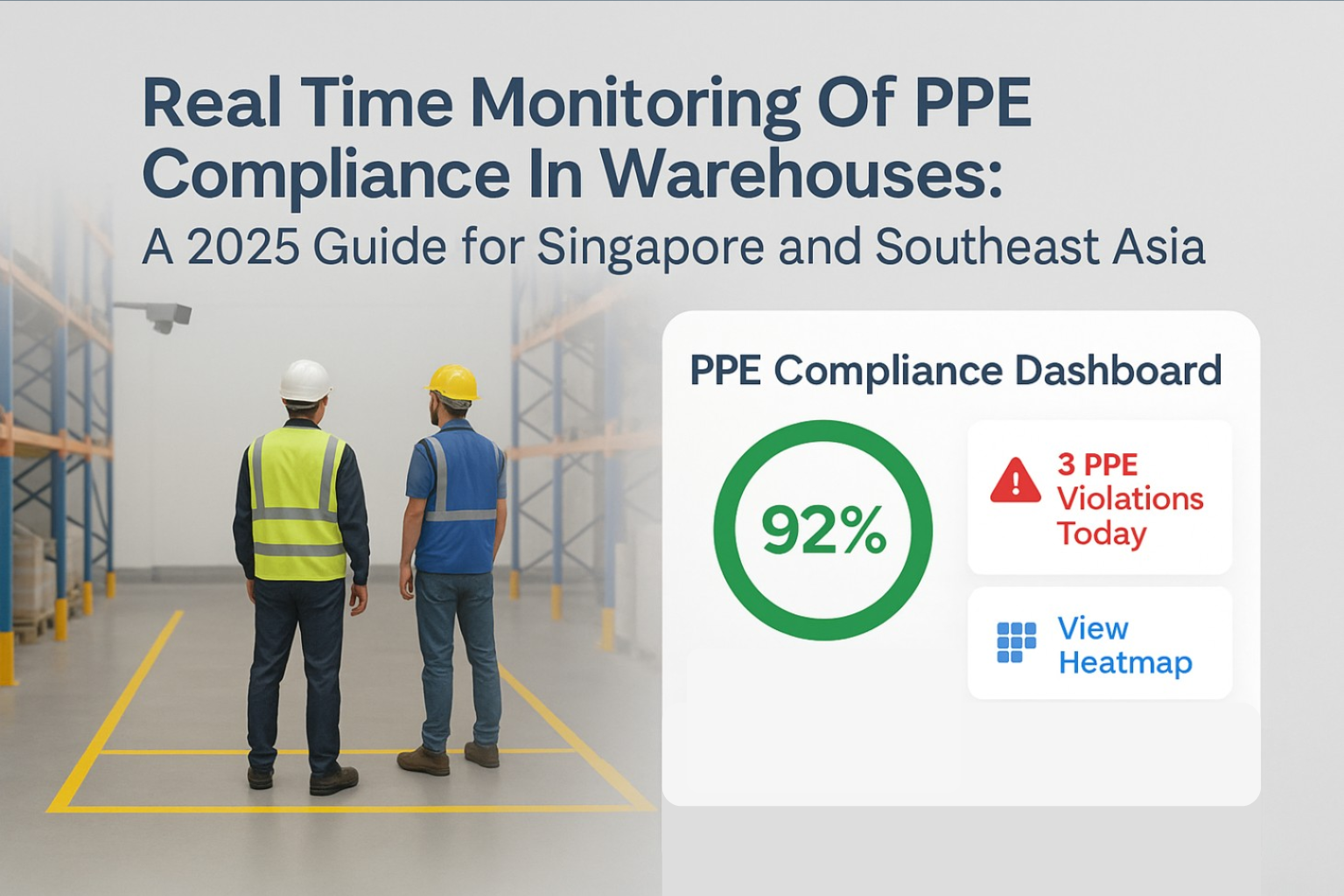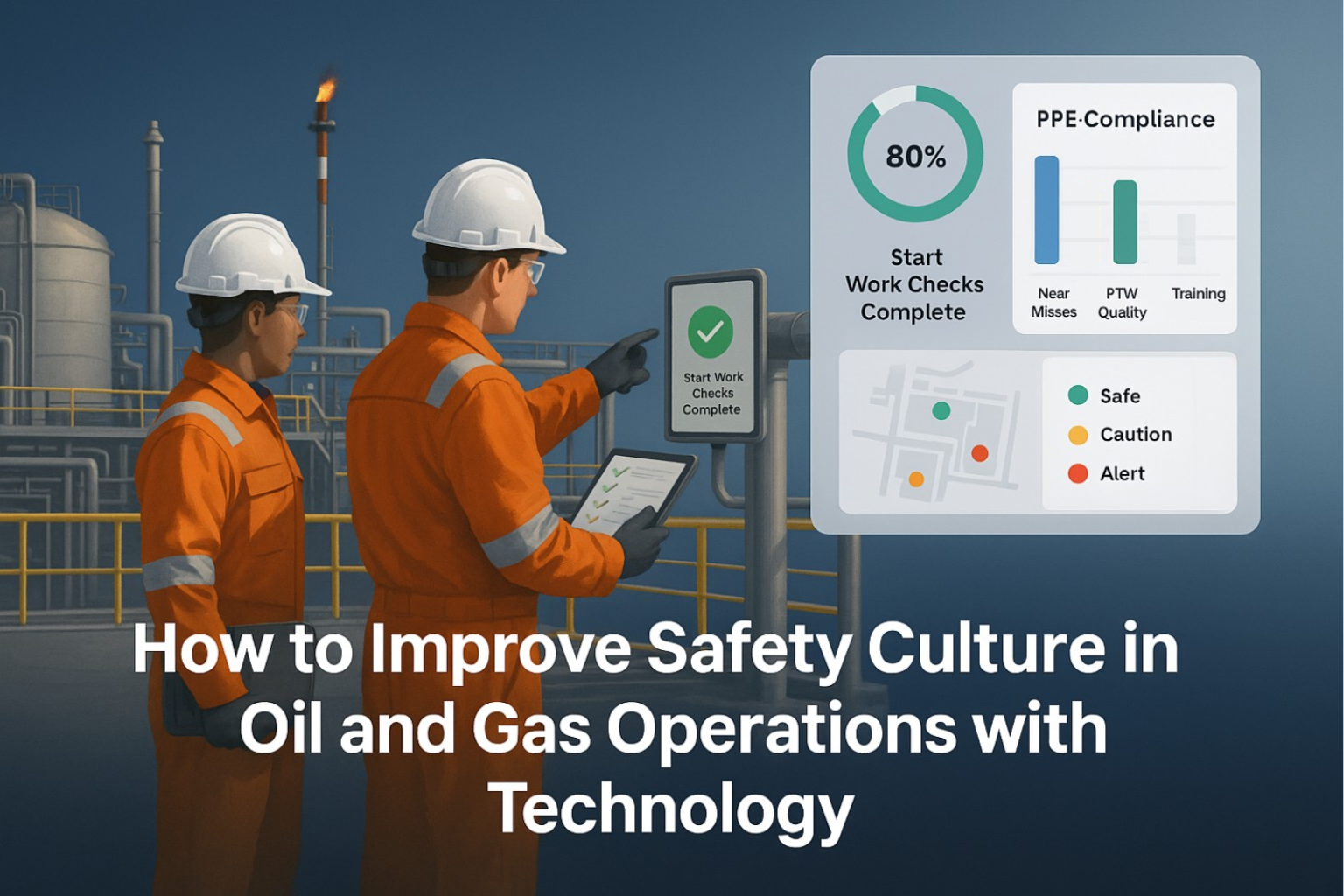Tech like AI, CCTV, wearables, and VR/AR transform construction site safety—boosting monitoring, training, risk management, and accident prevention.

In recent years, the construction industry has witnessed remarkable technological advancements that have revolutionized various aspects of the field. One critical area where technology has made significant contributions is construction site safety.
Construction companies can proactively address safety concerns, enhance risk management, and create a safer work environment by harnessing the power of video surveillance, mobile apps, AI, wearable technology, VR/AR, and data analytics. This article explores the role of these technologies in advancing construction site safety and empowering workers and management
Construction sites are dynamic environments with multiple hazards that pose risks to workers' safety. CCTV cameras have emerged as a powerful tool to enhance monitoring and surveillance, promoting safety on construction sites.
CCTV cameras enable real-time monitoring of construction sites, allowing immediate detection and response to potential safety hazards. Cameras can promptly identify unsafe practices, unauthorized access, or equipment malfunctions by providing a bird's eye view of the site.
CCTV cameras act as a deterrent, discouraging workers from engaging in risky behavior. By fostering a sense of accountability, cameras promote responsible actions, reducing the likelihood of accidents and injuries.
CCTV footage becomes invaluable for post-incident investigations in the unfortunate event of an accident or incident. It helps reconstruct the sequence of events, identify contributing factors, and facilitates the implementation of preventive measures to avoid future occurrences.
Mobile applications have transformed various industries, and construction is no exception. Through intuitive and user-friendly interfaces, mobile apps empower workers, enhance communication, and promote a safety-centric culture.
Mobile apps provide access to safety training materials, guidelines, and interactive modules that educate workers about best practices. These apps ensure workers stay updated on safety protocols and procedures by facilitating continuous learning.
Workers can use mobile apps to report hazards or safety concerns in real time. This immediate reporting mechanism ensures prompt action from supervisors or safety officers, preventing potential accidents or injuries.
Mobile apps with emergency response features can quickly connect workers with emergency services, improving response times during critical situations. These apps can track location and direct first responders' communication, minimizing potential risks.
Artificial intelligence (AI) has emerged as a game-changer in construction site safety. AI offers predictive insights and actionable recommendations by analyzing vast data and leveraging machine learning algorithms.
AI algorithms can analyze historical data, including incident reports and safety violations, to identify patterns and high-risk areas. This analysis enables construction companies to proactively assess risks and implement preventive measures in specific zones or processes.
AI-powered systems can detect anomalies in real-time, such as workers not wearing appropriate safety gear or deviating from established safety protocols. These systems generate immediate alerts, enabling supervisors to intervene promptly and rectify potential safety issues.
In conjunction with video analytics companies, AI can analyze data from sensors installed on machinery and equipment to identify signs of malfunction or deterioration. By proactively detecting equipment issues, construction companies can schedule maintenance or replacement, reducing the risk of accidents caused by faulty equipment.
Wearable technology has become a powerful tool for ensuring worker safety on construction sites. These devices offer real-time monitoring and alert systems that promote safer working conditions.
Wearable sensors can monitor workers' vital signs and detect potential health risks. They can track body temperature, heart rate, and oxygen levels, ensuring workers wear appropriate PPE and are not at risk of heat exhaustion or other health issues.
Smart wearables can detect sudden movements or falls and immediately alert supervisors or safety personnel. This enables prompt response and medical assistance, minimizing the potential impact of falls and reducing the severity of injuries.
Virtual Reality (VR) and Augmented Reality (AR) technologies offer immersive and interactive experiences that can be utilized for safety training and simulating hazardous scenarios.
VR and AR technologies allow workers to practice safety procedures and respond to simulated emergencies in a controlled environment. This hands-on training enhances their skills, confidence, and ability to handle real-life safety challenges effectively.
AR can overlay digital information onto the real-world environment, enabling workers to visualize potential hazards or hidden dangers. By highlighting safety hazards in real-time, AR enhances situational awareness and allows workers to take precautionary measures.
The wealth of data collected from various technologies can be leveraged for data analytics, enabling construction companies to continuously improve safety protocols and optimize workflows.
Construction companies can gain insights into safety performance metrics by analyzing data from CCTV cameras, mobile apps, wearables, and other sources. This analysis helps identify trends, areas for improvement, and best practices, leading to a more proactive approach to safety.
Data analytics can predict maintenance needs for equipment and machinery, reducing the risk of unexpected failures and accidents. Furthermore, it allows for effective resource allocation by identifying areas or processes that require additional safety measures or resources.
As technology advances, the construction industry is experiencing a paradigm shift in site safety. Integrating CCTV cameras, mobile apps, AI, wearable technology, VR/AR, and data analytics empowers workers and management to create a safer work environment.
By leveraging the capabilities of these technologies, construction companies can proactively address safety concerns, enhance risk management, and continuously improve safety protocols. As a result, the industry is poised to achieve significant advancements in construction site safety, protecting workers, and ensuring successful project outcomes.
By embracing these advancements, construction companies can pave the way for a safer future, where workers' well-being is prioritized, accidents are minimized, and construction sites become safe environments for all.


A practical playbook that turns safety culture into repeatable behaviours. Pair IOGP Life-Saving Rules and Start Work Checks with AI vision on existing cameras, digital PTW, LoRaWAN sensors and digital twins; track a small set of leading indicators, run a four-week pilot, and scale with privacy-first governance.

Learn how to build a weekly safety dashboard from systems you already have, then layer AI video analytics on existing CCTV to quantify PPE and proximity risks by shift and zone. The article covers schema design, data contracts, quality checks, a practical pilot plan, and how to link improvements to reduced claims, downtime and penalties. Templates for ISO 45001 or OSHA exports and vendor validation steps are included.
Ready to elevate safety in your operations? Let’s talk!
Contact us today for a personalized demo.
